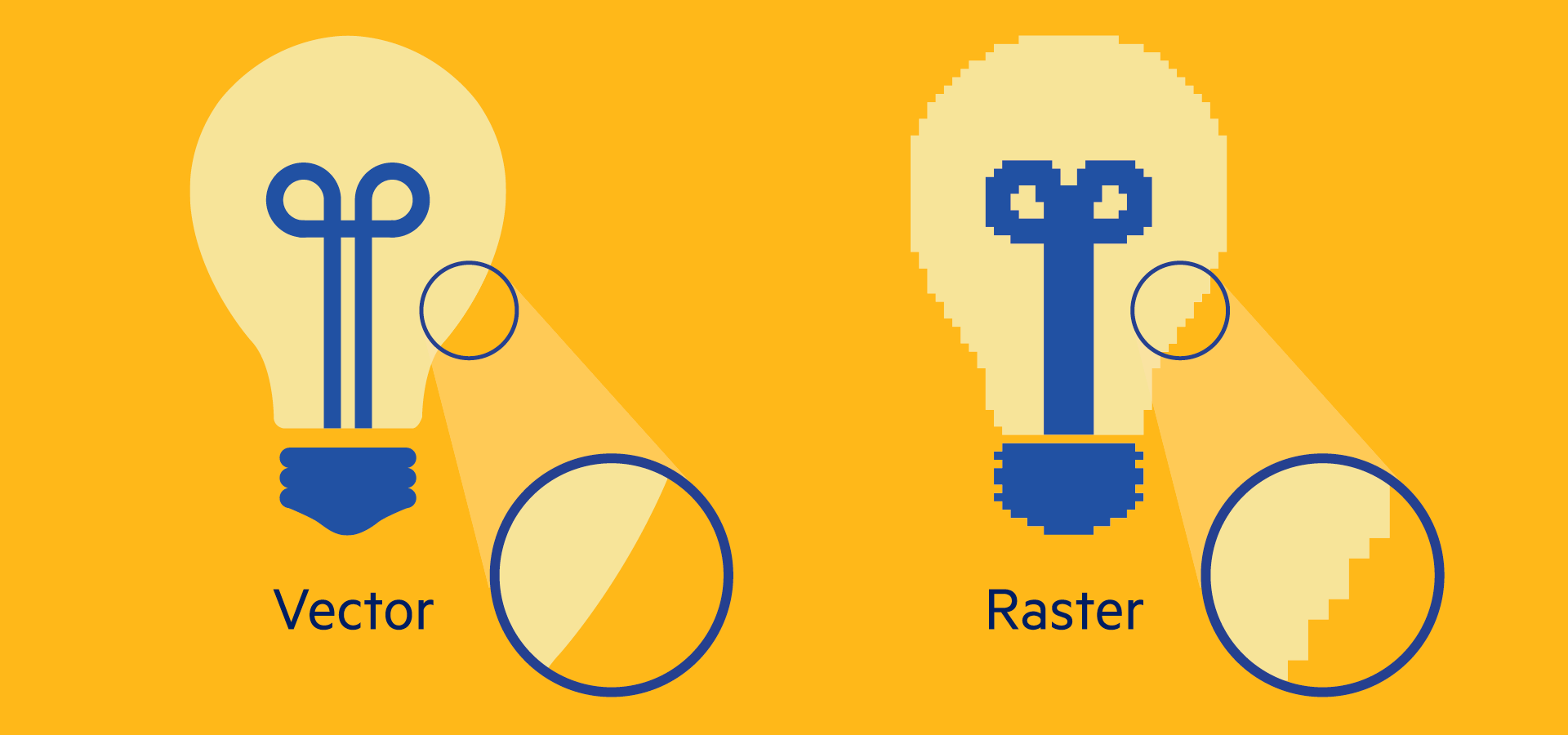Printing of your advertising structure
Four-colour printing / Marking with your logo / Logotage of POS.
The main printing processes
Compensation d'impression
The term comes from the English "to set off", which in this case can be translated as "to postpone" :
The document is reproduced on a support (originally an engraved metal plate), where each of the areas to be inked are defined.
A rubber-covered cylinder, called a "blanket", is then passed over this plate to transfer the ink to the final substrate.
This process is easily industrialised and automated, but requires a huge investment in machinery, which is why this process is only used for large-scale printing.
for large quantities.
Screen printing
This printing technique uses stencils (originally silk screens) placed between the ink and the substrate to be printed.
One stencil is used per colour, which allows for an infinite number of colours to be printed,
this offers much greater creative possibilities than with any other process.
In screen printing, the amount of ink deposited is also higher than with other processes, which increases the durability of the marking on the substrate.
Digital printing
We are all familiar with the inkjet and laser printers in our homes and offices.
Well, this is the same technology that is used in large format digital printing.
In digital printing, computer data is transmitted from the computer to the printing machine:
the ink is no longer transferred to a stencil or other roller before printing the product.
or other pad roll before printing the product.
Digital printing has revolutionised the printing industry, and for a quality now equivalent to offset printing,
it makes it possible to skip the various preparatory stages of traditional offset printing, and to go directly from the computer to printing.
Even if printing speeds are currently slower than offset, digital printing offers the possibility of "printing on demand", which is a very important aspect of the process.
Printing of PUBEO SAS & EVOCOM products
Except in very special cases, our POP displays are printed in four-colour digital printing.
For flags, in the case of large orders, and if the logo is compatible, we print by screen printing.
Comparaison: agrandisement Vectoriels vs Raster

Explanations on vector and raster files
In order for your POS material to be perfectly printed, we will ask you to provide us with your logos in "vector" format, or in formats that we can vectorise. We accept files with the following extensions :
- .AI (Adobe Illustrator)
- .EPS (Encapsulated PostScript)
- .SVG (Scalable Vector Graphics)
- .PDF HD (Portable Data File in High Definition)
There are 2 main families of graphic files : raster files and vector files.
To simplify, we can say that raster files are files composed of a multitude of small points with a defined colour (the famous pixels), and we can say that vector files are graphic files composed of mathematical formulas.
(the so-called pixels), and vector files can be said to be graphic files composed of mathematical formulas.
Raster files cannot be enlarged, as the pixels have a defined size and become distorted when enlarged. In contrast to raster files, vector files are composed of mathematical variables that adapt proportionally without altering the quality of the visual.
C'est pourquoi, en publicité, nous utilisons toujours des fichiers vectoriels.
For more information, please see a very complete article on the different graphic file formats.
